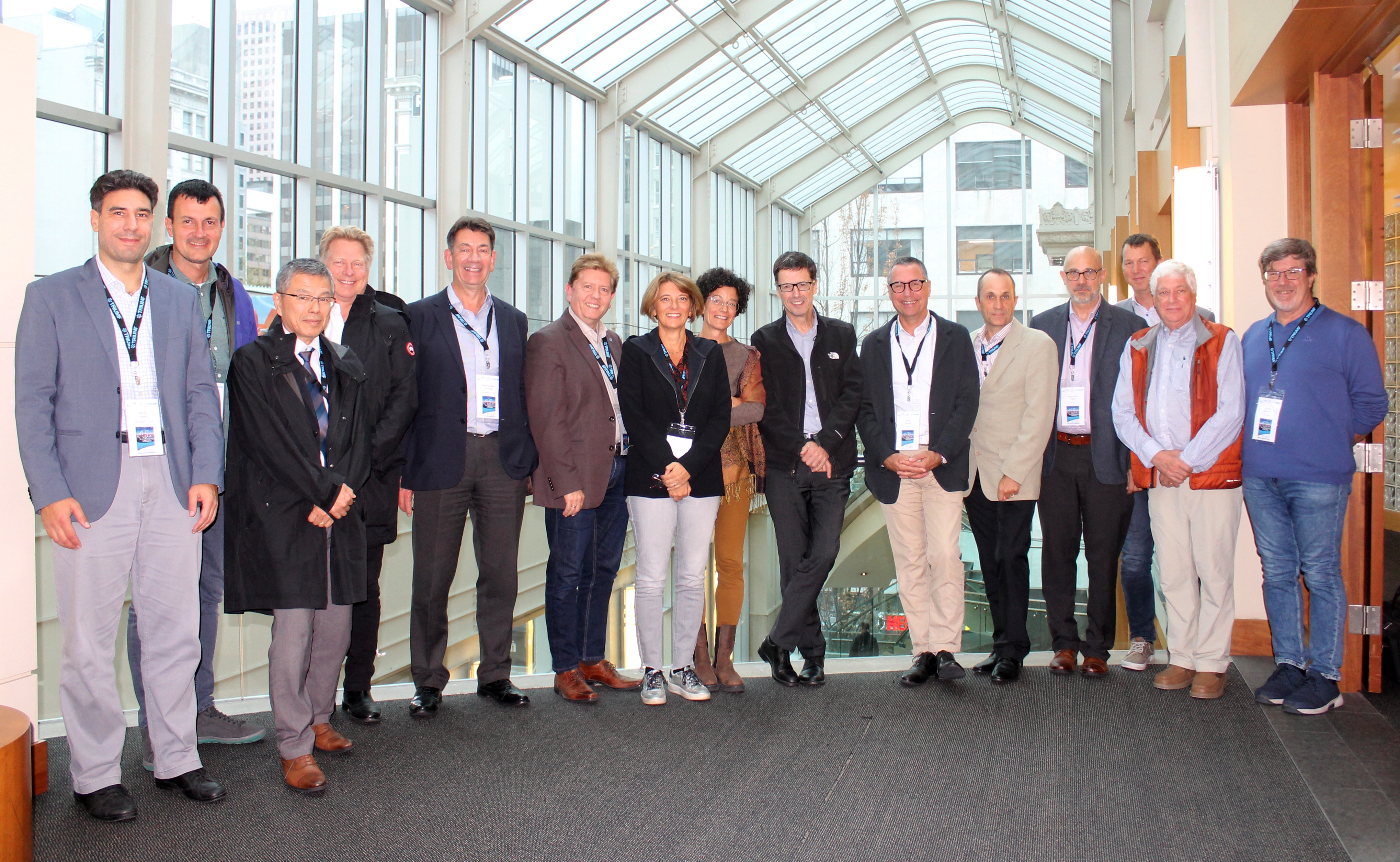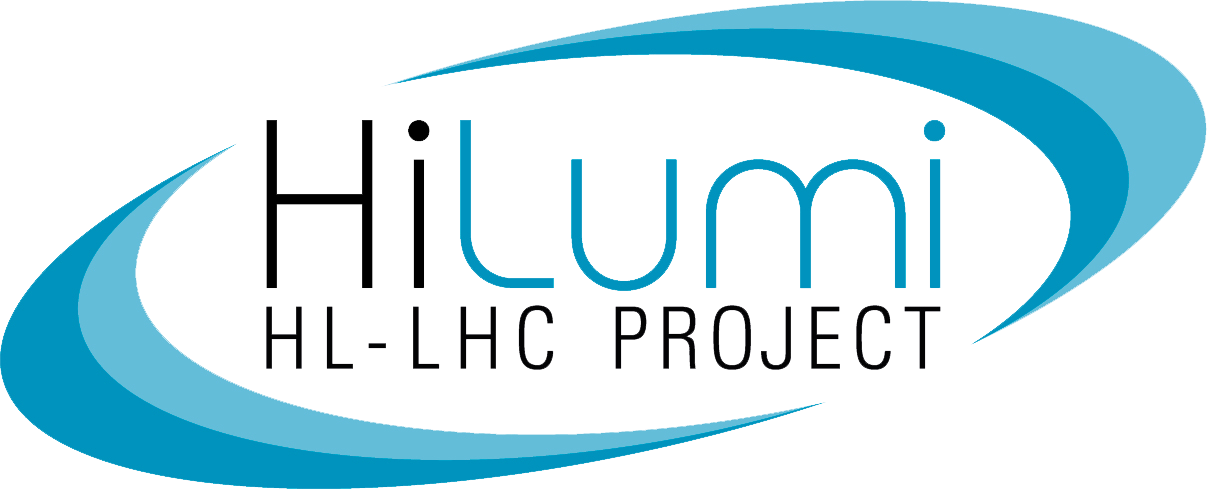As the LHC's third operational run approaches the halfway point, the High-Luminosity upgrade project and its international collaboration are now fully focusing on the series production of all project deliverables in view of their installation and validation in the LHC tunnel as of the start of LS3 in 2026.
The 13th edition of the annual HL-LHC collaboration meeting, taking place between the 25th to 28th of September 2023, has been hosted by TRIUMF in Vancouver, marking at the same time the kick-off of the Canadian contribution to the HL-LHC project for the cryostating of the RFD crab-cavities that will be delivered by the AUP collaboration.

After an intense year of work, the project could take stock of the important progress and milestones achieved across all WPs and collaborations. More than half of the production and testing of AUP’s (the Accelerator Upgrade Programme) Nb3Sn triplet quadrupoles has already been successfully completed, with the first cold-mass assembly now fully validated and awaiting its shipment to CERN for integration in the IT String. CERN has very successfully tested the third series magnet of the long version of the inner triplet quadrupole magnets, reaching the target value of nominal current + 300A also at 4.5 K. CIEMAT and their industrial partner Elytt Energy are about to complete the 4th series magnet of the short corrector version. The first prototype of the D2 separation and recombination dipoles built in Italy and the associated CCT corrector magnets from China have been very successfully cold tested at CERN. The first D2 series magnet is about to be shipped as well, while in China the production of the second half of series magnets has been started at their industrial partner BAMA. The D1 prototype magnet from Japan has already been integrated into in its final cryostat at CERN, awaiting a final round of cold tests before integration in the IT String. The UK collaboration has completed the assembly of the first full cryomodule with RF dipole crab cavities, with the delivery of the completed module back to CERN expected in the second half of October for final qualification in SM18 and installation for beam tests in the SPS as of January 2024. The first superconducting link cables and cryostats from industry have been assembled into the first complete powering system, and are being connected to the dedicated cold test bench in SM18 for final validation before being transported to the Inner Triple String test in January 2024.
With the new underground caverns and surface buildings of the HL-LHC project now fully completed and handed over to CERN, installation of technical infrastructures is by now in full swing, both in the surface buildings as well as in the underground areas of point 5 following the completion of the lift installation in July this year.
The conference center located at the Waterfront of Vancouver offered an ideal setting for the four days of plenary and parallel sessions, with discussions continuing very lively and numerous during coffee, a common lunch or dinner, and the banquet that took place in the beautiful setting of Grouse Mountain.

Our hosts also organized a very interesting tour of the TRIUMF laboratory for all participants. While the new facilities for the assembly of the series cryomodules are only about starting to be constructed, the teams nicely showcased their long-standing technical competence in the construction, testing and maintenance of various superconducting cavities. Combined with the outstanding motivation of everyone involved, this leaves little doubt that this important activity will commence very efficiently as soon as the first AUP cavities will arrive at TRIUMF.
The Collaboration Board, chaired for the first time by Philip Borrows from Oxford University equally acclaimed the progress made across all collaborations, highlighting the collaborative spirit in overcoming the inevitable technical and organizational challenges encountered along the execution of such a large-scale, world-wide scientific project.

We would like to thank in particular Oliver, Jana, Pauline and the entire TRIUMF team for being such excellent hosts and to all participants for making this year’s annual collaboration meeting such a success, which for a first time you can also witness through a series of short interviews taken with several participants throughout the event!
By Oliver Bruning & Markus Zerlauth
Related photo collections: link and link.
Related videos: link.
